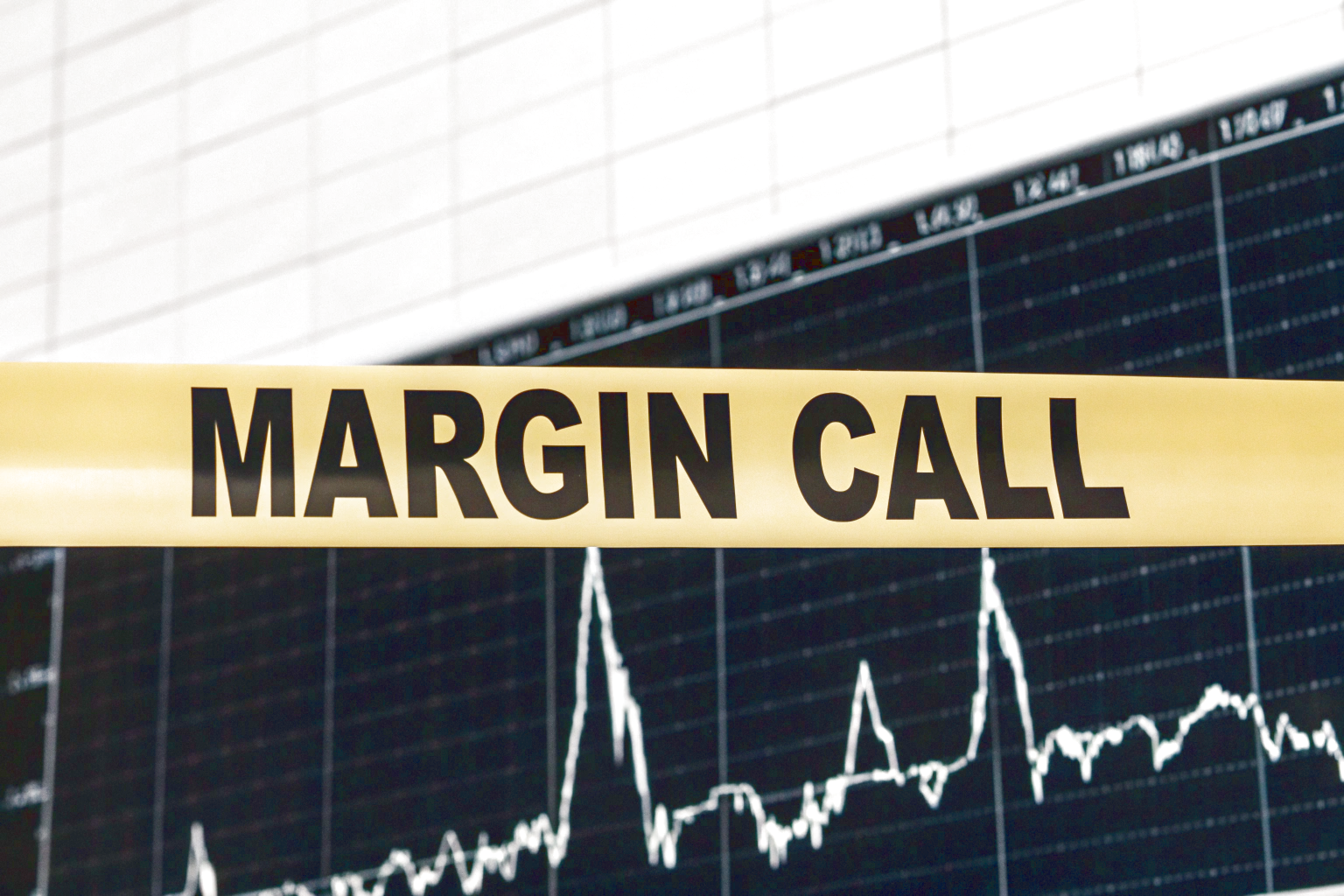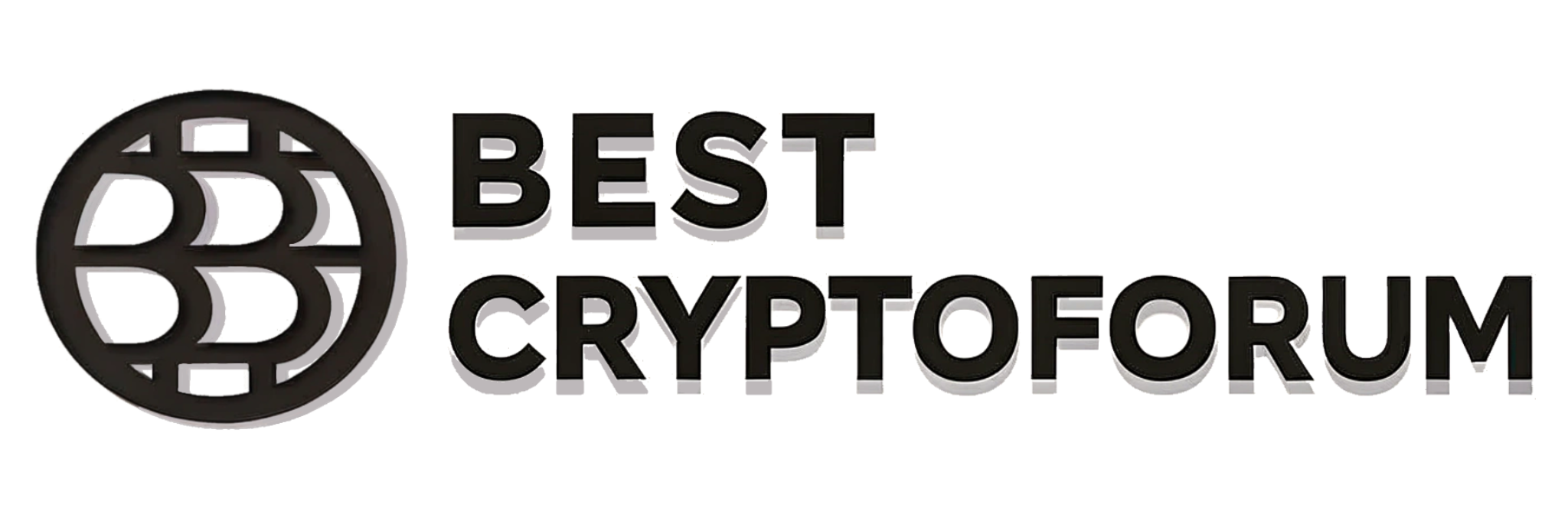
A margin call is one of those wake-up moments every trader wants to avoid. It’s practical, preventable, and — if you treat it like an early-warning system — an opportunity to improve your trading discipline. This article explains what margin calls are, how margin, equity and free margin interact, how to calculate margin levels, common warning signs, concrete avoidance strategies, and real-world examples. It’s written for traders and investors who use margin in forex and CFD trading and want clear, actionable guidance without unnecessary jargon.
What Is a Margin Call in Forex?
A margin call happens when your account equity falls below the broker’s required margin level for open positions. In plain terms: you’ve used borrowed funds (leverage) to open positions, the market moves against you, your account suffers unrealized losses, and your equity drops to a level where the broker requires more funds or closes positions automatically. Margin calls protect both you and the broker from losses beyond the funds available in your account.
Key takeaways
- Margin call = broker asks you to top up or faces forced liquidation.
- It’s triggered when equity relative to used margin drops below a broker-specified threshold (margin level).
- Different brokers use different thresholds and stop-out policies — always check your broker’s terms.
- You can manage the risk by reducing leverage, sizing positions properly, and having a margin buffer.
Understanding Margin and Equity
Before we dive deeper, let’s define three core concepts you must understand.
- Balance: Your account balance excludes floating (unrealized) profit or loss. It’s the cash value after closed trades, deposits, and withdrawals.
- Equity: Balance plus floating P/L (profit or loss) from open trades. Equity changes in real time as the market moves.
- Used margin: The portion of your funds set aside by the broker to maintain open positions. This is collateral for the leveraged exposure.
- Free margin: Equity minus used margin. This is the capital available to open new trades or withstand adverse moves.
These relate via simple formulas:
- Equity = Balance + Floating P/L
- Free margin = Equity − Used margin
- Margin level (%) = (Equity / Used margin) × 100
Understanding these relationships helps you monitor account health and detect early warnings.
Margin vs Free Margin
Margin refers to the funds locked for open positions; free margin is what remains. Confusing the two is a common reason traders are surprised by margin calls. Free margin is your breathing room — if it reaches zero, you are one significant adverse move away from a margin call or stop-out.
What Is a Margin Level
The margin level (expressed as a percentage) expresses how healthy your account is relative to required margin. Brokers set margin call and stop-out rules around this metric. For example, a broker might issue a margin call at 100% and start closing positions at 50% — but these thresholds vary. Always confirm your broker’s margin call and stop-out levels.
Early Warning Signs of a Margin Call
Watch for these signals. They’re the red flags before things escalate.
- Declining free margin: The most direct indicator. If free margin trends toward zero, risk is materializing.
- High leverage usage: Larger position sizes relative to your capital amplify small adverse moves.
- Increased market volatility: News, economic releases, and thin liquidity in off-hours increase gap and slippage risk.
- Concentration risk: Too many correlated positions (e.g., multiple EUR/USD pairs) amplify losses.
- Repeated small losses: Chipping away at equity reduces your buffer faster than one-off big losses and can lead to margin stress.
Early warning table (signal → immediate action)
| Early Warning | What It Means | Immediate Action |
| Free margin falling quickly | Equity erosion from adverse moves | Reduce position sizes, tighten stops |
| Leverage > recommended | Account highly exposed | Lower leverage or close speculative trades |
| Major economic release upcoming | Volatility spike possible | Reduce exposure, widen risk buffers |
| Rise in correlation across positions | Diversification eroding | Hedge or close similar positions |
| Stop-loss slippage observed | Execution risk | Use limit entries, check broker execution |
How to Calculate Margin Level and Free Margin
Let’s put the formulas into practice with an example.
Example scenario
- Account balance: USD 10,000
- Open positions require used margin: USD 2,000
- Floating P/L (unrealized loss): −USD 500
Calculations
- Equity = Balance + Floating P/L = 10,000 + (−500) = USD 9,500
- Free margin = Equity − Used margin = 9,500 − 2,000 = USD 7,500
- Margin level (%) = (Equity / Used margin) × 100 = (9,500 / 2,000) × 100 = 475%
In this example the margin level is healthy. But if losses grow and equity drops to USD 1,900 while used margin stays at USD 2,000, margin level becomes (1,900 / 2,000) × 100 = 95% — in many brokers this would trigger a margin call.
Margin call scenario example
- Balance: USD 2,000
- Used margin: USD 1,500
- Floating loss: −USD 800 → Equity = 1,200
- Margin level = (1,200 / 1,500) × 100 = 80% → margin call possible
The message: small accounts and high leverage are more sensitive. The math is simple; the discipline is harder.
How to Avoid Margin Calls in Forex
Avoiding margin calls is primarily about risk management. Below are practical, high-leverage-tested measures.
Position sizing and risk per trade
Use a fixed percentage risk model. For example, risk no more than 1–2% of account equity per trade. Position size = (Account equity × Risk per trade) / (Stop distance in pips × Pip value). This keeps used margin and potential loss manageable.
Use stop-loss orders
Stop-losses are your primary defense. Place them at logical chart levels, not arbitrarily. Pair stops with position sizing so the dollar risk stays within your tolerance.
Avoid over-leveraging
High leverage multiplies gains — and losses. If your broker offers 1:500 leverage, you’re not obliged to use it. Reduce effective leverage by sizing positions smaller or selecting conservative margin tiers on certain platforms.
Monitor market trends and events
Economic calendars, central bank announcements, and liquidity windows affect forex volatility. Before major events, consider reducing exposure or using protective stops. Stay informed with news and broker updates.
Adopt risk-management strategies
- Use partial take-profits and staggered stop-loss adjustments.
- Hedge: use offsetting positions conservatively to protect equity.
- Keep a cash buffer: maintain extra funds in your account to absorb drawdowns.
Use alerts, automation, and account limits
Set margin-level alerts and mobile notifications. Use platform tools like trailing stops, automated closing rules, and limit orders to reduce manual latency.
Diversify and manage correlation
Avoid concentration in the same currency family. If you’re long EUR/USD, a correlated EUR/GBP position may not reduce risk.
Margin Call vs Stop Out: The Difference
People often confuse margin call and stop out. Here’s the distinction.
- Margin call: A broker request to deposit funds or reduce positions when margin level falls below a certain percentage. It may be a soft warning or an auto-liquidation event depending on broker policy.
- Stop out (liquidation): Automatic closing of open positions by the broker when margin level hits a lower threshold to prevent negative balance.
How brokers handle stop outs
Brokers usually liquidate the least profitable positions first to restore required margin. Execution depends on liquidity and volatility — in fast markets, slippage means you may not get the exact stop price. Check your broker’s rules and examples on their website. Regulated brokers must disclose margin call and stop-out procedures in their terms and risk disclosure documents.
Learning from stop-out events
If you’ve experienced a stop out, analyze: were positions too large, was leverage excessive, or was there an unexpected liquidity gap? Use that event as a performance review to adjust position sizing, stop placement, or even the broker choice.
Margin Call Examples in Trading
Realistic scenarios help internalize the mechanics.
Short-term/day-trading example
A day trader with USD 5,000 balance opens several intraday positions using 1:50 leverage. A rapid market reversal during low liquidity erases unrealized profits; floating losses push equity to a point where used margin exceeds free margin. Without tight stops, the broker closes positions at a stop-out level — a short-term margin call materializes into forced liquidation.
Swing/news-driven scenario
A swing trader uses 1:200 leverage to hold a currency pair over a central bank announcement. A surprise policy change causes a large gap against the position. The high leverage magnifies losses, equity declines quickly, and a margin call triggers. The trader either funds the account immediately or suffers a stop-out at lower margin level.
Both cases underline the need for tailored leverage, protective stops, and awareness of events.
Risk Management Checklist Before and During Trading
Use this checklist pre-trade and during active sessions.
Pre-trade checklist
- Check available free margin and margin level.
- Confirm position size keeps risk within 1–2% of equity.
- Identify stop-loss and take-profit levels.
- Verify no correlated positions increase exposure.
- Confirm upcoming economic events and their potential impact.
Ongoing monitoring checklist
- Track free margin and margin level periodically.
- Use platform alerts for margin thresholds.
- Adjust stops or close positions if margin drops quickly.
- Maintain a cash buffer to add margin when appropriate.
Common Myths and Misconceptions About Margin Calls
Does leverage automatically mean margin calls?
No. Leverage increases exposure but margin calls happen when losses reduce equity below required levels. Prudent sizing and stop management reduce the probability, though leverage does make margin calls more likely under adverse conditions.
Can you recover after a margin call?
Yes, if you add funds before stop-out actions or if the market moves reverse soon after a margin call warning. However, recovery often requires disciplined capital management and a revised strategy. Prevention remains preferable.
Frequently Asked Questions About Margin Calls in Forex
Can I prevent a margin call if the market gaps?
Not always. Price gaps can bypass stops. Use lower leverage, set stops at technical levels, and maintain a buffer so small gaps won’t immediately trigger a margin call.
How much capital is enough to avoid frequent margin calls?
There’s no universal number. It depends on your strategy, typical stop sizes, and leverage. A sensible rule: ensure you can withstand a worst-case expected drawdown (based on backtests or stress tests) without breaching margin requirements.
What are best practices for new traders?
Start on a demo account, use small position sizes, avoid maximum leverage, and treat margin as a risk-management tool rather than extra buying power.
Final Remarks on Managing Margin Call Risk
Margin calls are not a sign of failure — they are feedback. The goal is to interpret that feedback before it spirals into a stop out. Keep your math simple, use position sizing as your primary control, respect volatility around news, and choose a broker whose execution and disclosure you trust. Trading with margin requires humility: accept that markets can move irrationally, and design your accounts to survive and thrive despite it.
Further Reading and Useful Tools
- Broker margin rules and stop-out policy (always read these before trading).
- Economic calendar (track events that move currency markets).
- Position-size calculators and margin calculators (available on most platforms).
- Demo accounts — test strategies and margin behavior without real funds.
Quick reference formulas
- Equity = Balance + Floating P/L
- Free margin = Equity − Used margin
- Margin level (%) = (Equity / Used margin) × 100
